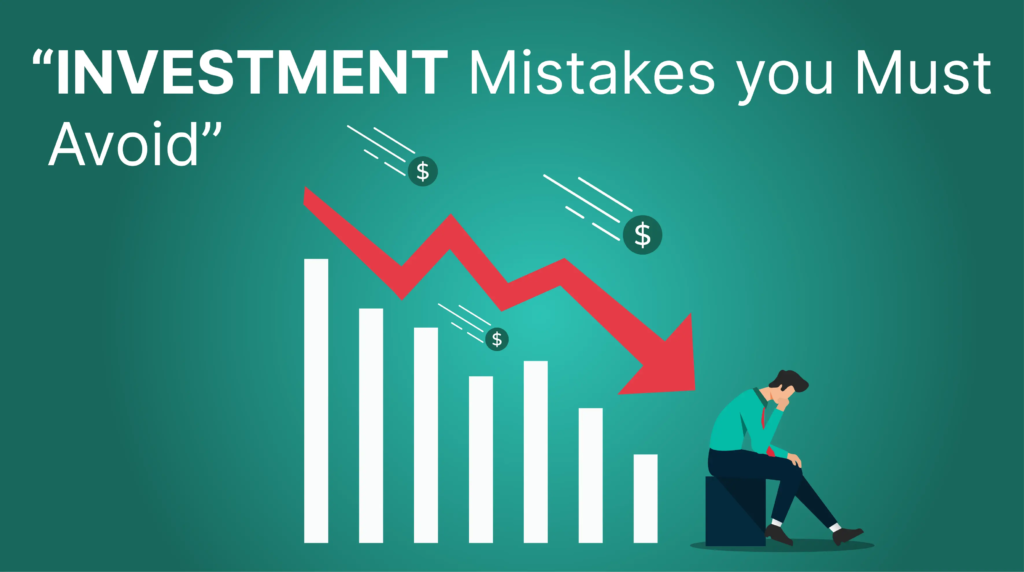1. Bull vs. Bear Markets
Bull Market:
A bull market refers to a period of continuous optimism, rising stock prices, and economic growth. Investor confidence is rising, driving increased buying and causing various asset classes to trend upward. Strong economic indices, including low unemployment, high consumer spending, and earnings, often indicate bull markets. Expecting prices to rise further is a common expectation among investors, which drives up risk-taking and investment. Bull markets, driven by positive sentiment, favorable regulations, and strong fundamentals, can last for months or years.
Bearish Market:
Economic contraction, falling stock values, and negativity characterize a bear market. When investor confidence declines, selling pressure increases and financial markets experience declining trends. Events like recessions, unstable geopolitical situations, or negative economic news frequently bring on bear markets. Investors typically take a conservative approach during downturn markets, preferring to protect their wealth over taking on new ventures. Economic indications could point to decreased consumer spending, declining company profitability, and increased unemployment. A bear market, typically characterized by prolonged asset declines and cautious trader sentiment, can vary in duration.
2. Cyclical vs Secular Trends
Cyclical Trends:
The term “cyclical trends” in the market describes the brief to moderate swings that take place during an economic cycle. These patterns usually exhibit ups and downs in tandem with the business cycle. Industries like consumer discretionary, technology, and commodities often experience cycles influenced by economic changes. A few examples of the variables that affect these swings are interest rates, consumer spending, and company investment. Analysts and investors monitor cyclical trends to evaluate the economy and make strategic investment decisions based on stages.
Secular Trends:
Long-term market movements, driven by secular trends, may last for several decades. Fundamental shifts in the geopolitical landscape, technology, demography, and economy influence secular trends, unlike cyclical ones. These tendencies frequently affect several businesses or asset classes over protracted periods of time and go beyond economic cycles. Examples include the rise of digital technology, aging populations, and global shifts in energy usage patterns. Understanding secular trends is essential for long-term investors aiming to identify industries or assets likely to appreciate or decline.
3. Global Stock Market Trends
Social, political, and economic factors influence global stock market trends, transcending national and regional boundaries. Themes like globalization, technological development, geopolitical unrest, and changes in consumer behavior are a few examples of these movements. Trade policies, inflation, and GDP growth rates are examples of global economic indicators that are important. Investors monitor global market trends to diversify holdings, reduce risk, and capitalize on opportunities across various geographies and industries. Understanding global market trends helps investors navigate foreign markets, predict movements, and adjust strategies to changing dynamics.




